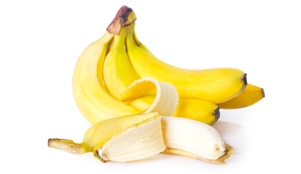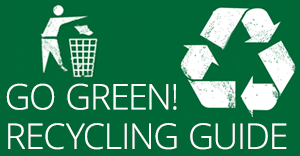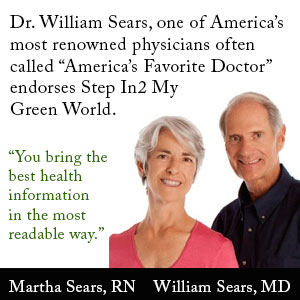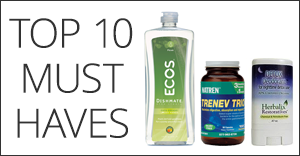by
Stepy —
January 17, 2021
- Fresh organic foods are packed with antioxidants and unique nutrients that boost the immune system and help us reach optimum health.
- New research says that potassium-rich foods cut stroke and death risk.
- It seems that postmenopausal women who eat potassium-rich foods have a lower risk of stroke and death than women who eat foods with lower potassium, according to research by the American Heart Association (AHA). The study was published in AHA’s journal Stroke.
-
- “Previous studies have shown that potassium consumption may lower blood pressure. But whether potassium intake could prevent stroke or death wasn’t clear,” explains Sylvia Wassertheil-Smoller, Ph.D., study senior author and distinguished university professor emerita, department of epidemiology and population health at Albert Einstein College of Medicine, Bronx, NY.
-
- “Our findings give women another reason to eat their fruits and vegetables. Fruits and vegetables are good sources of potassium, and potassium not only lowers postmenopausal women’s risk of stroke, but also death,” she added.
-
- The research team studied over 90,000 postmenopausal women, from ages 59-70, for about 11 years. They observed how much potassium the women consumed, and if they had strokes, or died during the study. Study participants were all stroke-free at the beginning of the study, and their average dietary intake of potassium was 2,611 mg per day. Results are based on foods with potassium, not supplements.
- Researchers found the following:
- Women who ate the most potassium were 12 percent less likely to suffer stroke in general and 16 percent less likely to suffer an ischemic stroke than women who ate the least.
- Women who ate the most potassium were 10 percent less likely to die than those who ate the least.
- Among women who did not have hypertension (whose blood pressure was normal and they were not on any medications for high blood pressure), those who ate the most potassium had a 27 percent lower ischemic stroke risk and 21 percent reduced risk for all stroke types, compared to women who ate the least potassium in their daily diets.
- Among women with hypertension (whose blood pressure was high or they were taking drugs for high blood pressure), those who ate the most potassium had a lower risk of death, but potassium intake did not lower their stroke risk.
-
- The research team noted that high dietary potassium may provide more benefits before high blood pressure occurs.
-
- The U.S. National Library of Medicine recommends that adults consume 4.7g of potassium per day. “Only 2.8 percent of women in our study met or exceeded this level. The World Health Organization’s daily potassium recommendation for women is lower, at 3,510 mg or more. Still, only 16.6 percent of women we studied met or exceeded that,” said Wassertheil-Smoller.
-
- “Our findings suggest that women need to eat more potassium-rich foods. You won’t find high potassium in junk food. Some foods high in potassium include white and sweet potatoes, bananas and white beans,” she adds. Beet greens, yogurt, prunes, carrots, and squash are also great sources of potassium.
-
- While increasing potassium is a great choice for most, there are some women who have too much potassium in their blood, which can pose risks for the heart. “People should check with their doctor about how much potassium they should eat,” she said.
-
- AS ALWAYS: Check with your health practitioner before you change your diet. These organic foods are not meant to replace any treatment or drugs you are taking.


















